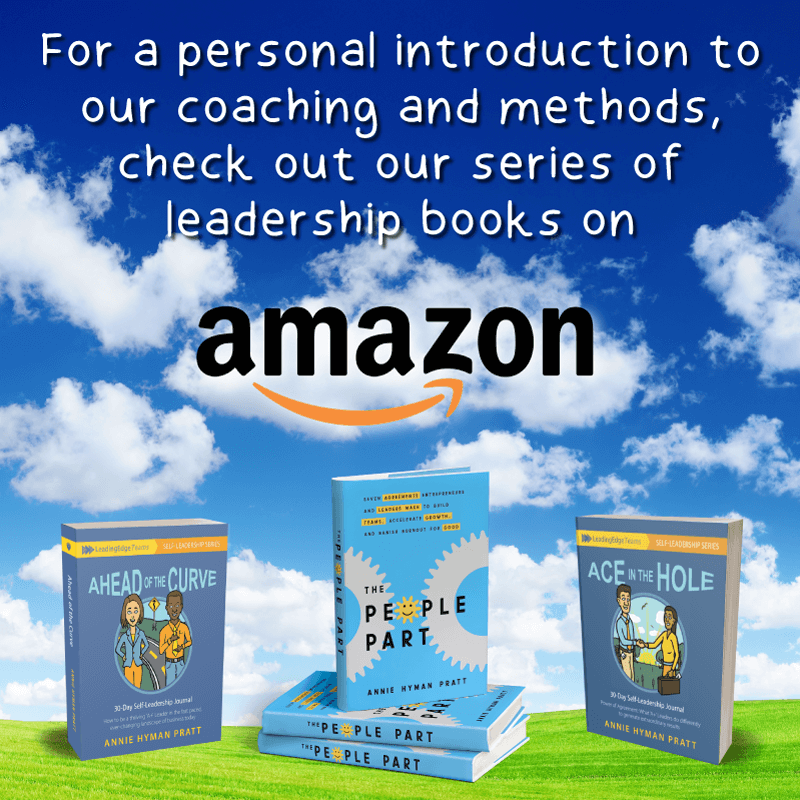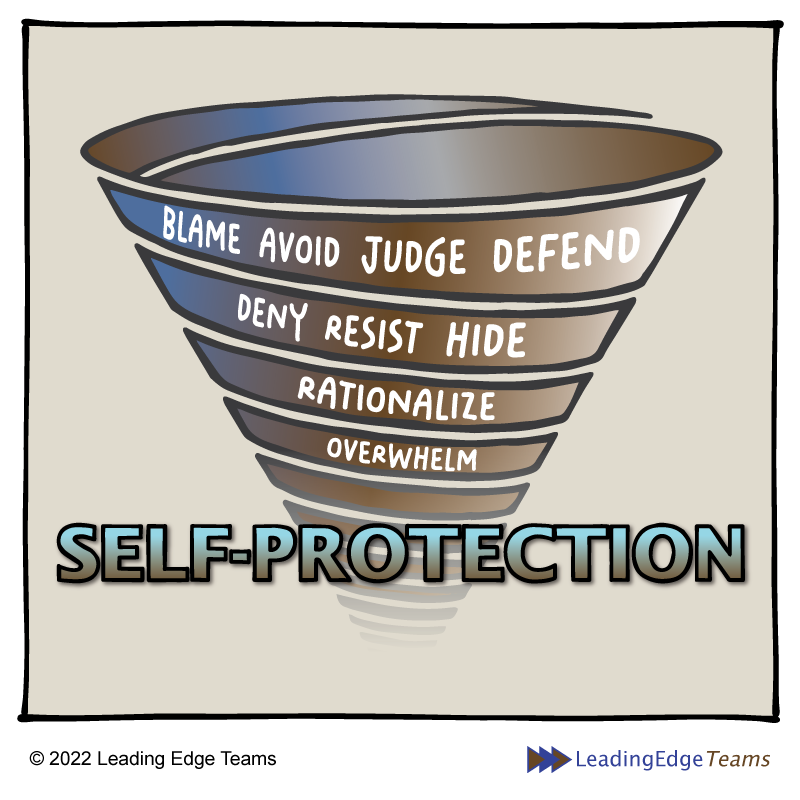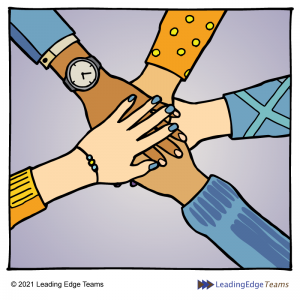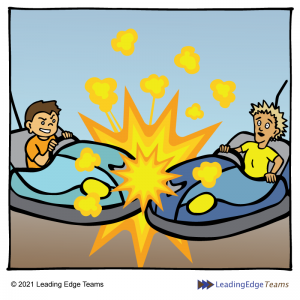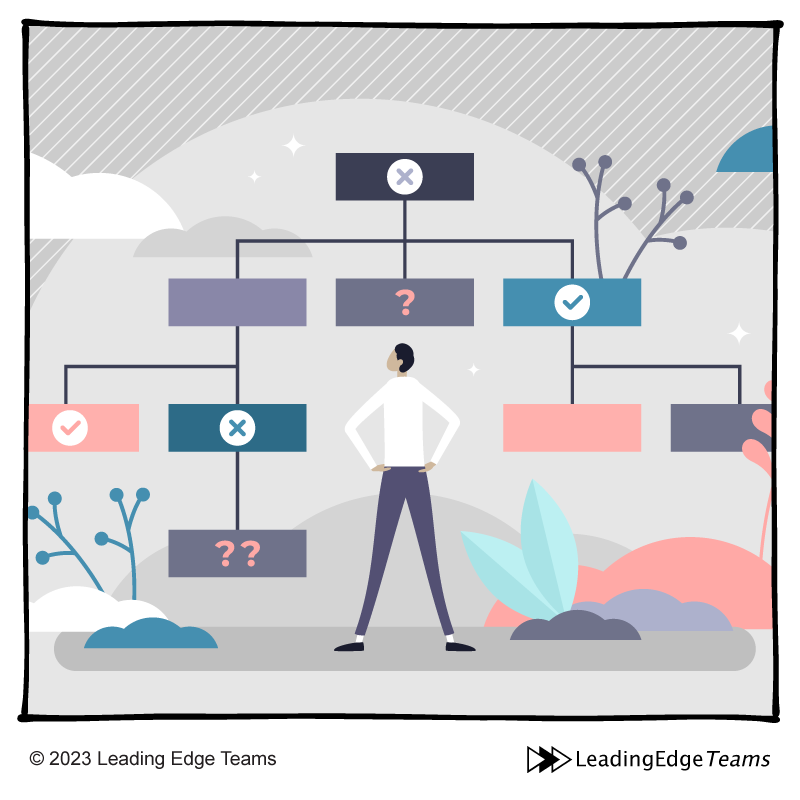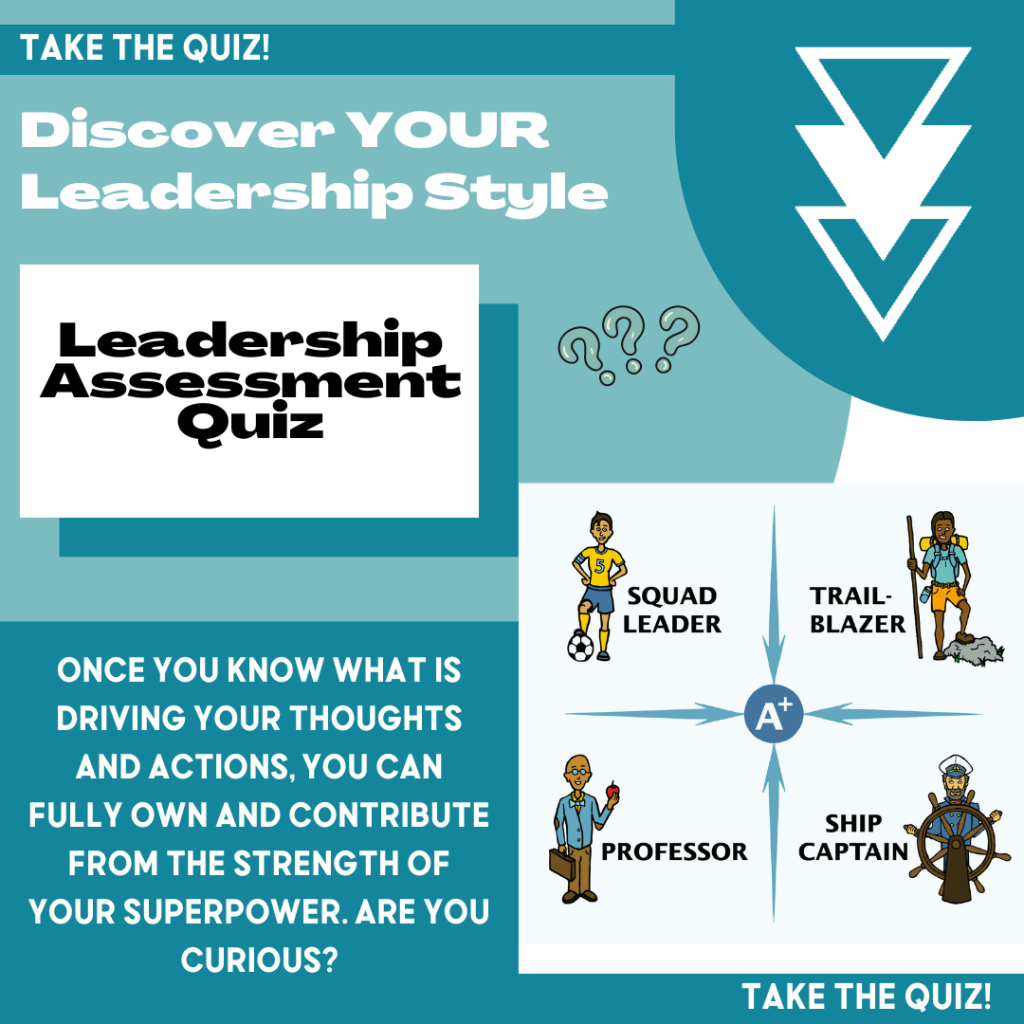Do your projects often go off track, requiring last-minute changes?
Do you define what your projects need to be successful? Does everyone know?
Hey, it’s Annie! To save you from learning the hard way, I want to share something that took me more than 10 years to learn as a young business leader. Interestingly enough, for me this was an understanding of project management—how it really works! Once I had a grasp of it, it was life-changing for me as a young CEO.
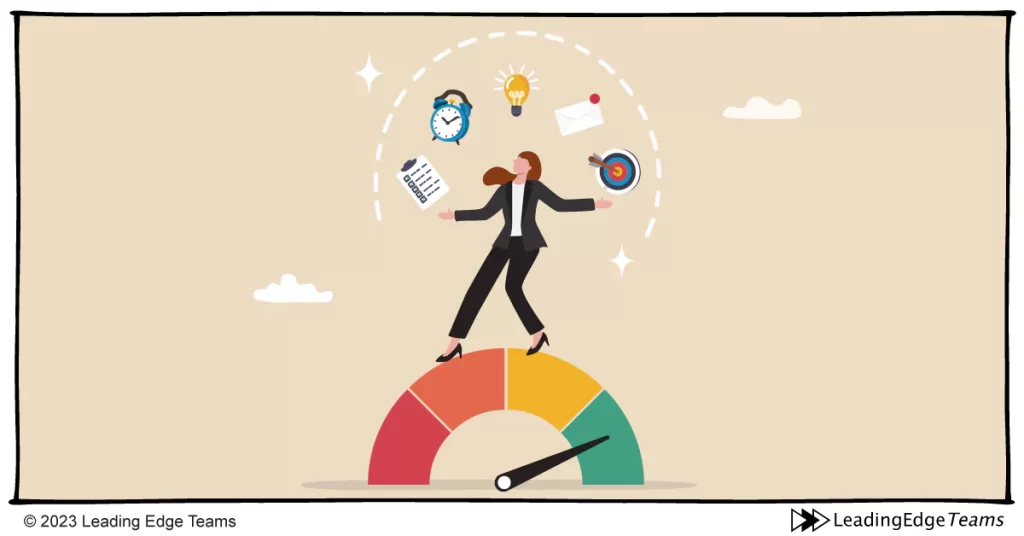
It’s important to acknowledge who does project management and why!
Often, you and your team agree on a project, and the project manager is the one leader (the who) that delegates each specific project, and creates the structure to get it done.
Together with the team (the total who), thinking is put into it and a “project charter” is written. The functions (roles) and tasks are broken down and assigned along with a timeline that will lead to a successful outcome. The end result (the why)? Obviously, projects are done to produce the right products, services, or events to meet your customer's or client’s expectations.
Business leaders and entrepreneurs tend to think of project management as a unique role that only one person does in the organization. The first thing to know is every business leader does project management even if it’s not listed under their job title.
The WHY…
Your role may not typically involve managing projects, but things change, and implementing forward change for your company requires projects to accomplish. That’s the “why!” So… mastering project charters is a fundamental learning for every business leader.
For example, let’s say you’re in sales. You decide that you need to do a better job of projecting future sales over the next six months, so you feel that the team/company needs to put a new sales pipeline in place—one that tracks your prospects better. This requires you to change your process and become more efficient in how you track prospects. The sales team has tracked in spreadsheets for a long time, and now, let’s say you’re changing to a CRM (customer relationship management) system, right?—like Salesforce.
Okay, so moving your spreadsheet to Salesforce is a project, and the end result to keep in mind is that you’re no longer using spreadsheets. You now will use Salesforce. That’s the end result that you’re going for, and it will impact the stability of the whole company. Successfully using this technology is key for company efficiency and growth.
Anytime you need to implement something new or make a big change, and expect to achieve the intended result, it’s going to be a project. However, the thing that I really want you to “get” about projects is that they are not just a bunch of tasks. The tasks come after thinking.
So now…
Define what YOUR project needs to achieve to be successful: purpose, challenges, people resources, outcome. Break it all down into deliverables or sub-projects that are needed to accomplish the outcome.
Make a project charter to define purpose, outcomes, challenges, resources and timelines.
I think of projects as having a beginning, an end, and a result. Each part of a project is a must!
TO DO in the beginning:
- Project lead/the driver: Who? a) Organize your thinking, to fully understand why it is important to do this project. b) Identify others on the team who need to do the initial planning and discussion with you on how to proceed. c) Define what this project needs to be successful: people/training, financial resources, teamwork/functions and collaboration, meetings, communications, and timeline). d) Pinpoint potential challenges and how they might be avoided.
- Supervisor/project oversight: Who? Their overall purpose and level of involvement? a) Organize what you already know or what you may need to research. Find out more about how to convey what this project means for the success of your company. b)The people part: pull in key team members; clearly plan how you are going to run the project with your team. c) Is this project only going to need five minutes in your weekly meeting to report and check in? Or will it need a more lengthy meeting every two weeks because it’s a year-long project? d) Choose a communication method for the project team.
- The surprise! This took me 10 years to really learn—what are the challenges? Some projects are bigger than we realize to roll out—they need sub-projects organized. Be willing to put in the thinking to give the sub-projects the resources to be effective support to the main project and a successful end result.
TO REACH the end:
- List and Communicate: Keep your eye on the expected specific outcomes/ benefits/ measurable results—and what it will mean to the company and the team when the project is achieved. (If and when the project is successfully completed.)
TO REALIZE the result:
Timely productivity on project deliverables.
- Know and assign the major components or parts you need to produce or complete to the right people, with the right roles, to achieve the outcomes specified in #1 above.
- Define upfront before you put tasks into a project management system or into a spreadsheet. When you’re the project leader, the most important part is to clearly define—organize and assign.
Okay, now go ahead and start to get your thinking on paper. That’s the beginning of mastering a project charter. It’s all about initiating a project, setting it up so that it actually succeeds.
Going back to my Salesforce example for a second, changing how they tracked prospects, by putting them into Salesforce instead of a spreadsheet, is not what this company cared about, not the Salesforce program itself. What’s driving the change and the end result the company cares about, is that they have more prospects converted into sales.
The deal is, if you don't do a project charter upfront, you have to rely on remembering to tell the team every five minutes during the project, “Don’t forget what we're really going for here is that we convert more of these prospects to sales. Right now we have a 10 percent conversion rate, and we're thinking that when we get Salesforce going, it's going to be 20 percent.”
So once again, as you’re doing a project, as project lead, you and the team need to keep your eyes on the prize—don’t allow the tasks themselves to interfere with keeping your focus on the end result. In the end, that’s really what matters! Don’t let mistakes or unexpected challenges trip you or the team up.
Take Action…
Okay, so now you are ready to begin doing a project charter! Everybody involved needs to be thinking and problem solving. Inevitably, you will come across something that might not be expected—like “Hey, turns out that everybody in the field who needs to use Salesforce needs an iPhone.” If this is a company who can't afford to have everybody have a company iPhone, that's going to be a problem. Some of the sales team won’t actually get the end result, the benefit.”
Think of everything you can ahead of time to set up projects well; otherwise what happens is when you put tasks into a spreadsheet or into a project management system—there are many—and as you’re going along, you’re like “Oh no, we didn't think about this, and now we need to re-do and decide on that, pushing our completion date back.”
Avoid wasting time and resources, and company wide frustration by mastering project charters!
Take these reminders with you…
- With a project charter, critical, collaborative thinking comes before assigning tasks. This avoids surprises and difficult changes and choices later. Begin with a clearly defined outcome. The outcome is the key, the high-value business objective.
- Discuss anticipated challenges. Problem-solve with the team participants.
- Be clear on the deliverables to everyone. Define them. Deliverables are a product or service created or performed during the completion of a project.
- Meet to talk about everything that is important in operating the project before you assign key roles and tasks. Choose a preferred communication method for your project.
My team and I are here to help you. Contact us anytime!
– Annie



